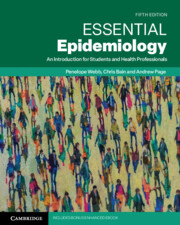Medical and epidemiological documentation in disasters is pivotal: the former for recording patient care and the latter for providing real-time information to the host country. Furthermore, documentation informs post-hoc analysis to improve the effectiveness of future deployments.
Although documentation is considered important and indeed integral to health care response, there are many barriers and challenges. Some of these challenges include: working without well-established standards for medical documentation; and working with international guidelines which provide minimal guidance as to how health data should be managed practically to ensure accuracy and completion. Furthermore, there is a shift in mindset in disaster contexts wherein most health care focus shifts to direct clinical care and diverts almost all attention from quality documentation.
This report distinguishes between the tasks of the epidemiologist and the data manager (DM) in an emergency medical team (EMT) and discusses the importance of data collection in the specific case of an EMT deployment. While combining these roles is sometimes possible if resources are limited, it is better to separate them, as the two are quite distinct. Although there is overlap, to achieve the goals of either role, preferentially they should be carried out by two people working closely together with complementary skill sets. The main objective of this report is to provide guidance and task descriptions to EMTs and field hospitals when training, recruiting, and preparing DMs and epidemiologists to work within their teams. Clear delineation of tasks will lead to better quality data, as it commits DMs to being concerned with the provision of real-time documentation from patient arrival through to compiling daily reports. It also commits epidemiologists to providing enhanced disease surveillance; outbreak investigation; and a source of reliable and actionable information for decision makers and stakeholders in the disaster management cycle.
